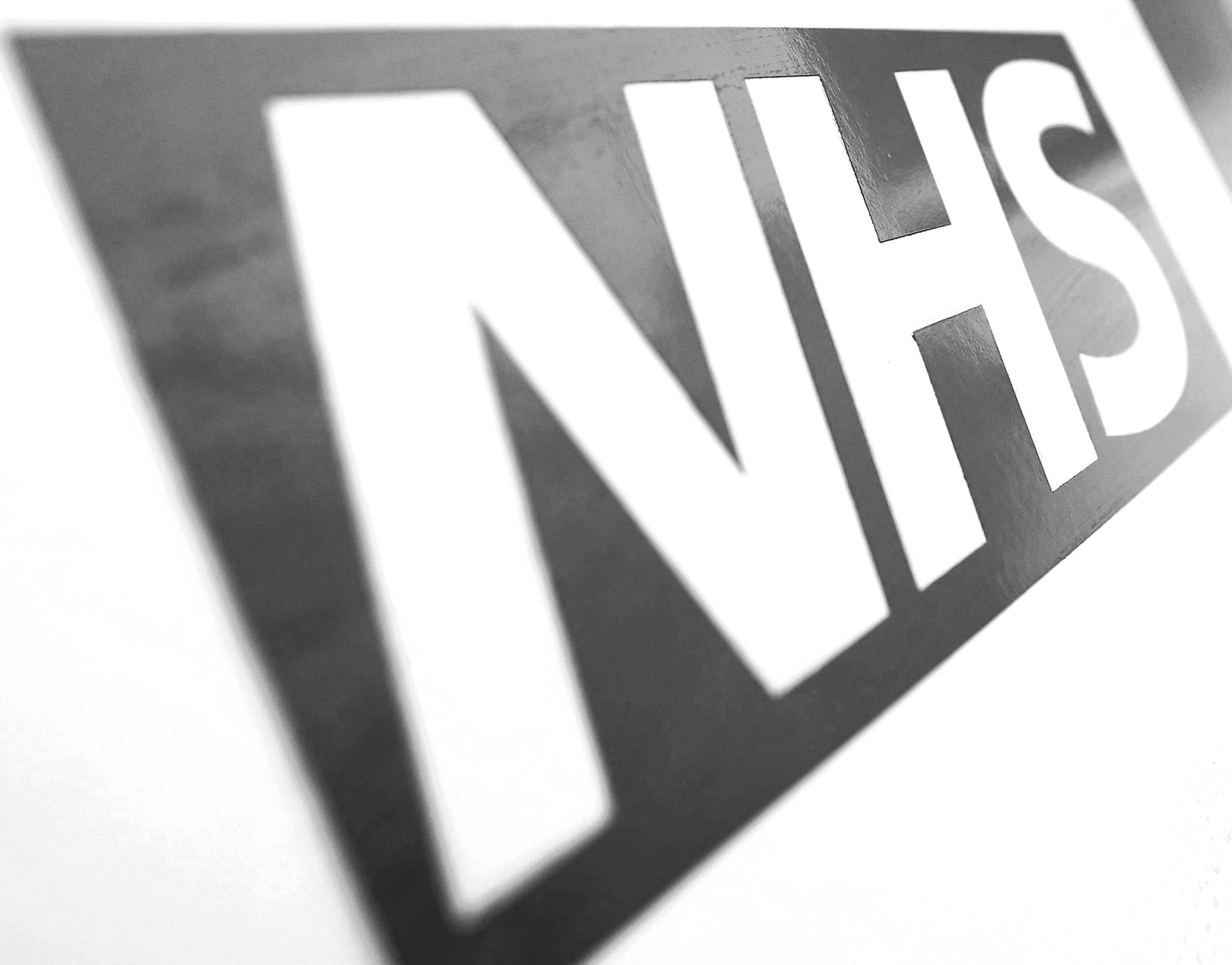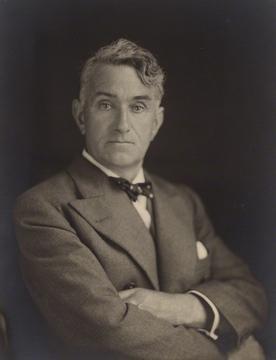
A LARGE part of Scotland already had a state-funded health system in place when the NHS was created 70 years ago.
The Highlands and Islands Medical System, which had been set up some 35 years earlier, covered half of Scotland’s land mass.
Poverty was rife in the area and health cover was limited in remote and island communities, leading to the creation of the system in 1913, under which doctors fees were set at minimal levels.
The Second World War brought further advances in healthcare, with seven new hospitals created and new annexes built at others to treat those injured in German air raids.
But when casualty numbers were lower than expected, then Scottish secretary Tom Johnston put them to use to treat civilian patients who were facing long waits for surgery.
By the end of the war, nearly 33,000 people had been treated as a result.
Mr Johnston built on the success of this scheme with the Clyde Basin project, launched in 1942, which saw industrial workers referred to GPs – and on to hospital if necessary – in a bid a to prevent greater levels of ill health.
Former prime minister Gordon Brown has claimed that “Scotland led the way to the creation of the UK- wide NHS”, adding that without Mr Johnston “our history might have been very different”.
Trailblazing Scot

Scottish Labour leader Richard Leonard yesterday paid tribute to Tom Johnston, who served as secretary of state for Scotland between 1941 and 1945 in Winston Churchill’s wartime coalition government.
New hospitals had been built to deal with anticipated casualties from German bombing raids, but when this did not require all the beds available, Kirkintilloch-born Mr Johnston saw an opportunity.
Mr Leonard: “Tom Johnston was appointed as the secretary of state for Scotland in the wartime coalition cabinet in 1941, and one of the things he decided to do was to consider how the civil defence hospitals, which had been established for expected civilian casualties, could be used to both provide diagnosis and treatment for civilian workers involved in the war effort.
“During the wartime years, Tom Johnston saw an opportunity in and around Glasgow, in the Clyde basin, to put together the long waiting times people were experiencing for operations like hernias and so on, ear nose and throat treatment. He saw there was spare capacity that could be used to diagnose and treat war workers and he put the two things together.
“He rolled it out across Scotland and in so doing it drove down hospital waiting lists by 34,000. It helped form the basis for the 1944 white paper and it blazed the trail for the National Health Service of the post-war years.”
READ MORE: Brilliance of staff praised as NHS celebrates 70th anniversary

Enjoy the convenience of having The Sunday Post delivered as a digital ePaper straight to your smartphone, tablet or computer.
Subscribe for only £5.49 a month and enjoy all the benefits of the printed paper as a digital replica.
Subscribe